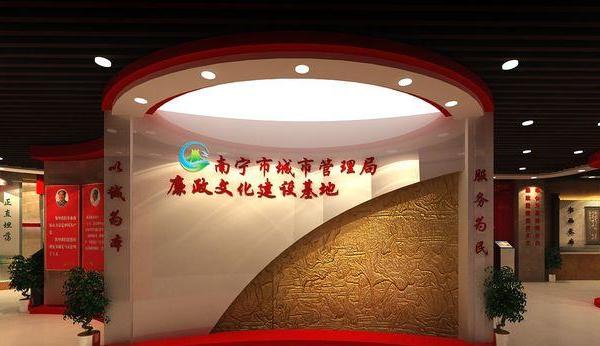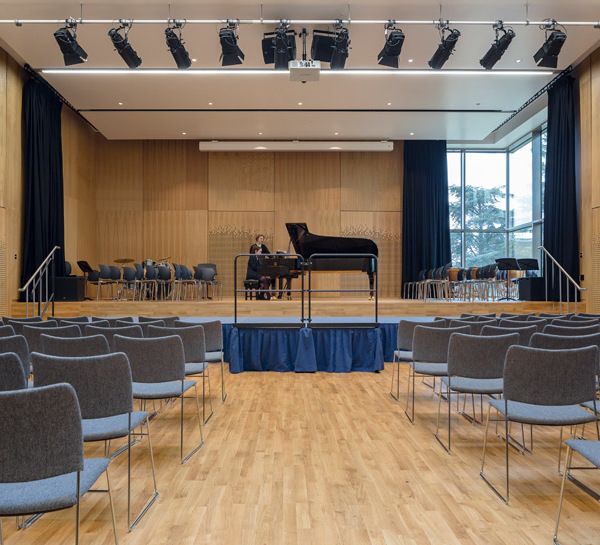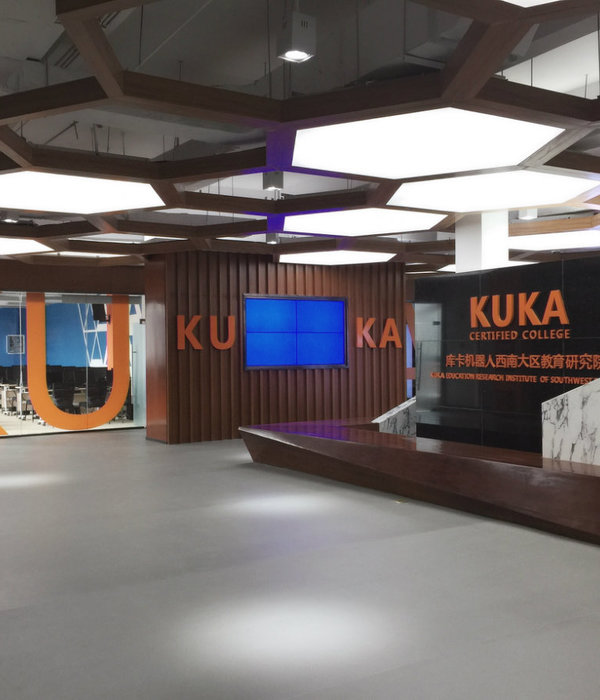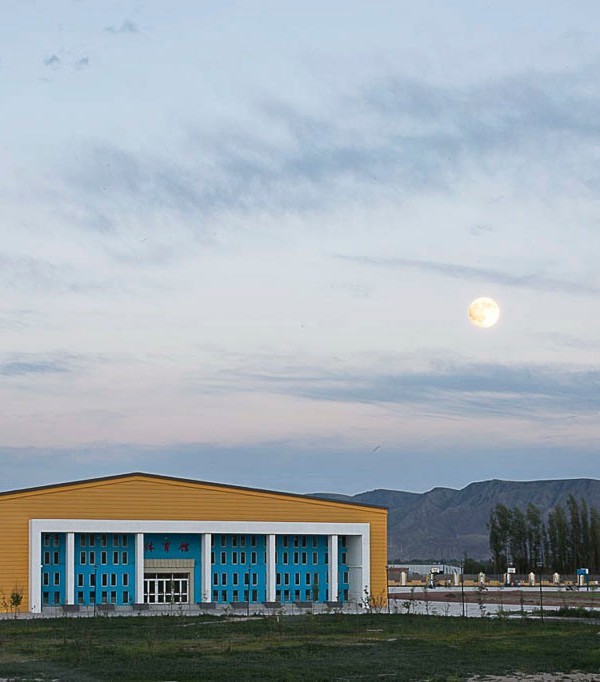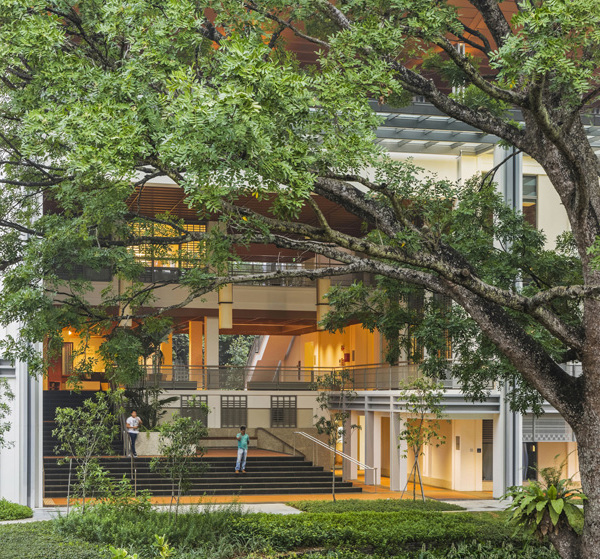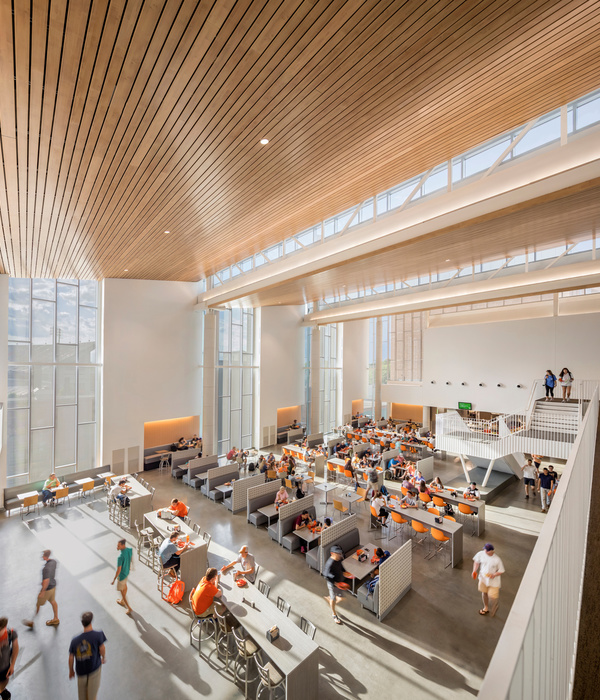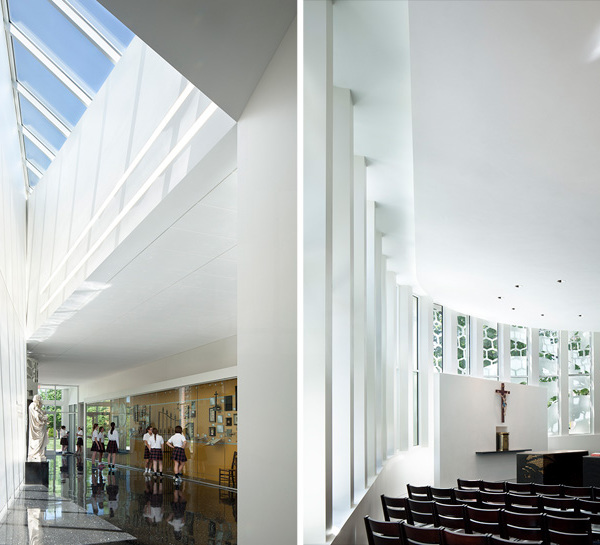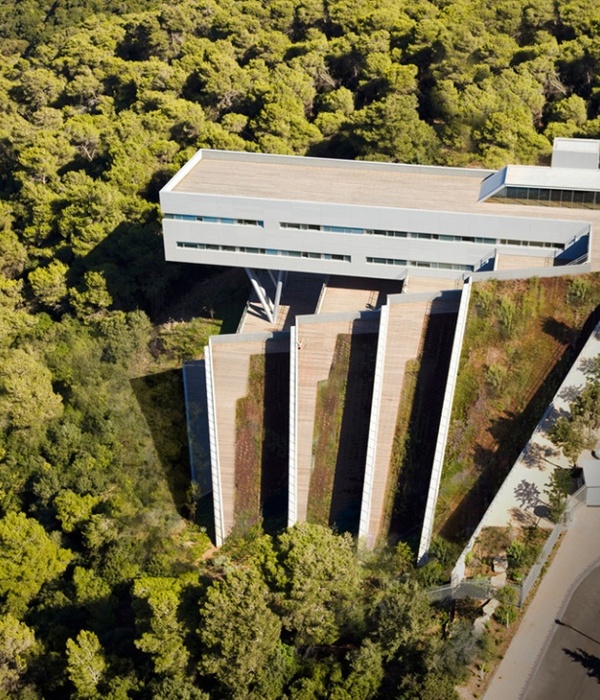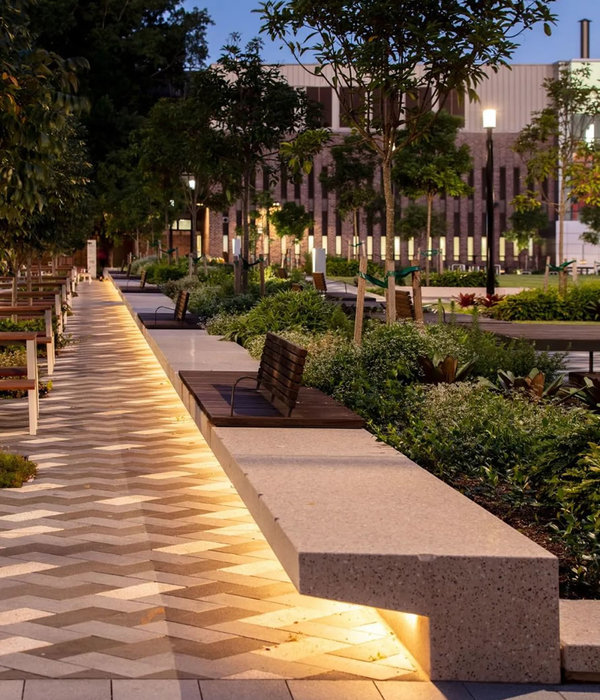‘Building the future’ was the central theme in the construction of a highly sustainable educational facility in Rotterdam.
Key features
Opened recently as the latest addition to Campus Woudestein at Erasmus University Rotterdam, the Langeveld Building is named after the university’s first female professor, Henrika Maria Langeveld. This is a nod to the past in an otherwise entirely future-focused institution, built with generations to come in mind. Ellen van Schoten, vice president of the university executive board, explains: ‘With the modernization of our education, there is a need for additional teaching space that can be flexibly adapted to the way education is taught.’
Paul de Ruiter Architects realized this project together with contractor BAM Bouw en Techniek, working to place the ambitious sustainability goals of the university at the forefront of the construction process. The building uses solar and wind power to generate its own energy. This technology supports a new type of ventilation system to circulate fresh air internally, using 85 per cent less energy than a traditional one would. Further consideration of the environment is apparent in the interior design – Paul de Ruiter Architects brought the outdoors inside through the extensive use of natural light, green tones, and wooden finishes throughout the building, tying all these nature-inspired elements together in a treehouse and that fills the atrium.
FRAME’s take
The Langeveld Building has been awarded with BREEAM (Building Research Establishment Environmental Assessment Method) outstanding certification; a top accolade given to less than one per cent of buildings in the Netherlands. Most revolutionary in terms of sustainable technology is the ventilation system, which has never before been used in an educational building. This was installed as a result of the university challenging the market to come up with a new solution in line with their high sustainability standards. Paul de Ruiter Architects has accommodated for this innovative approach in its design of the building, and in doing so set the standard for climate-proof construction that will serve many future generations to come.
Designed by
Paul de Ruiter Architects
Photography by Eric Fecken
{{item.text_origin}}



